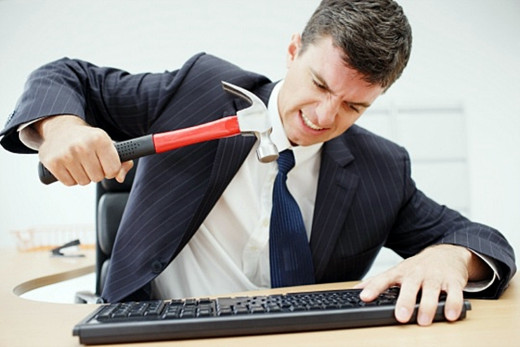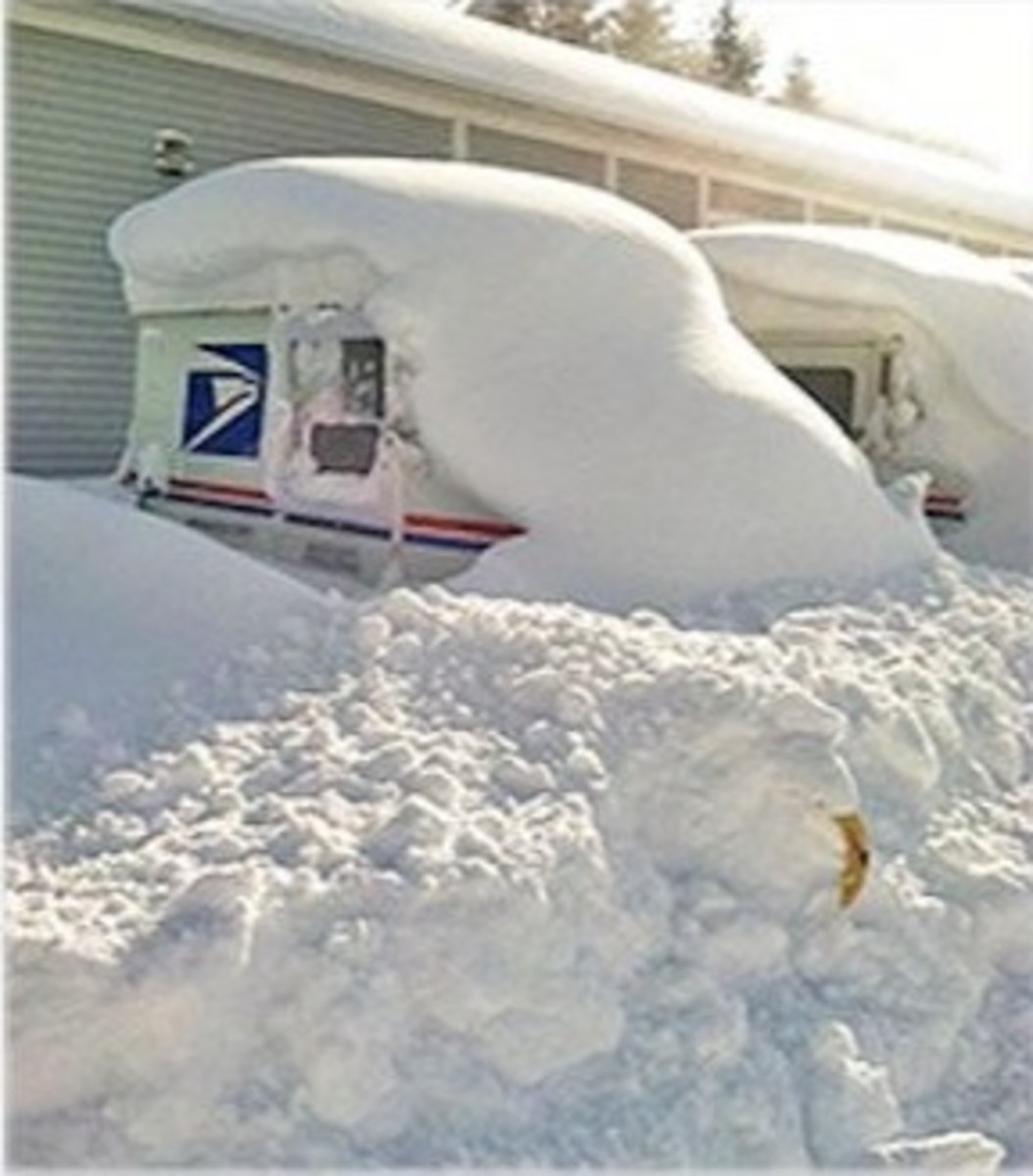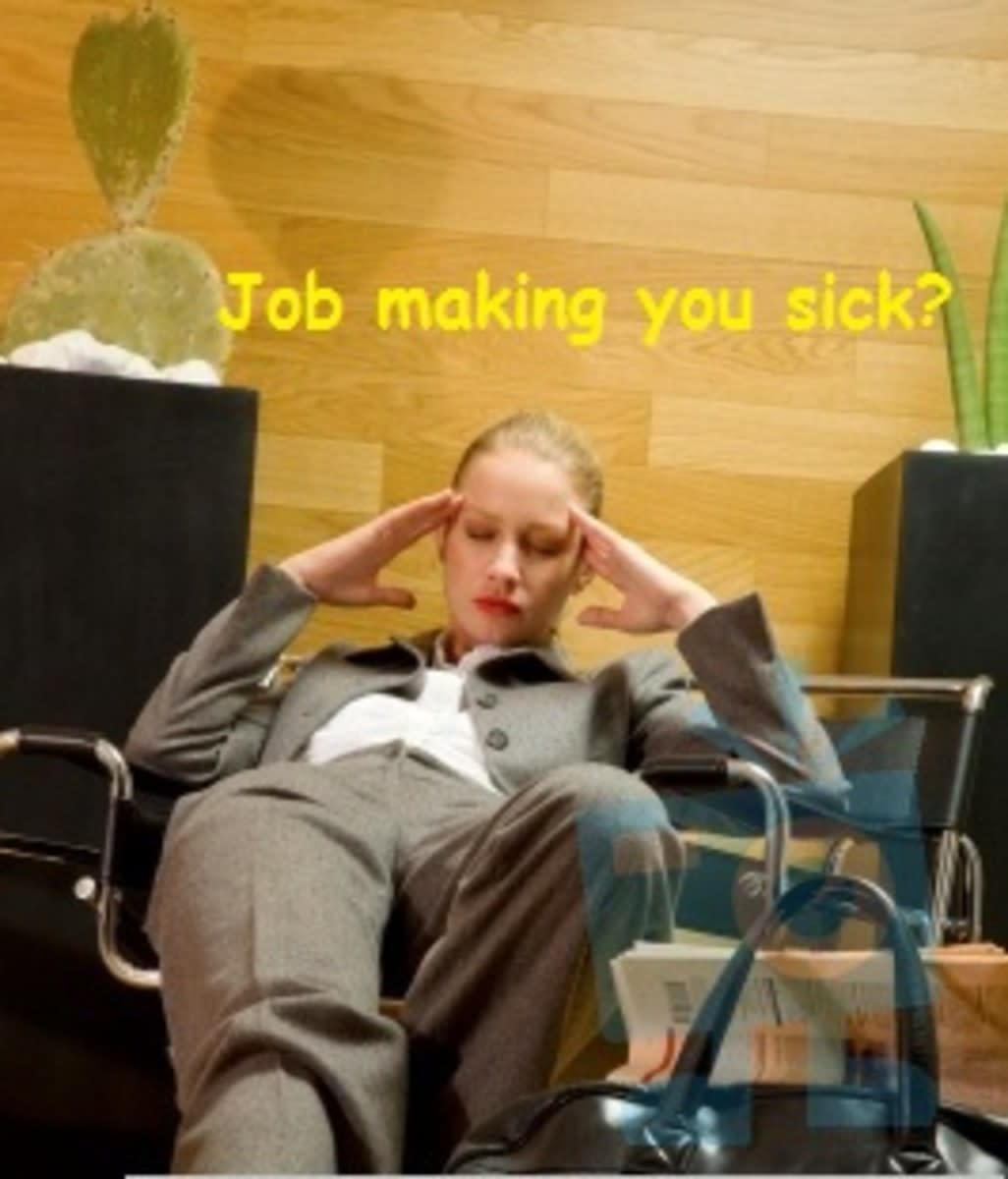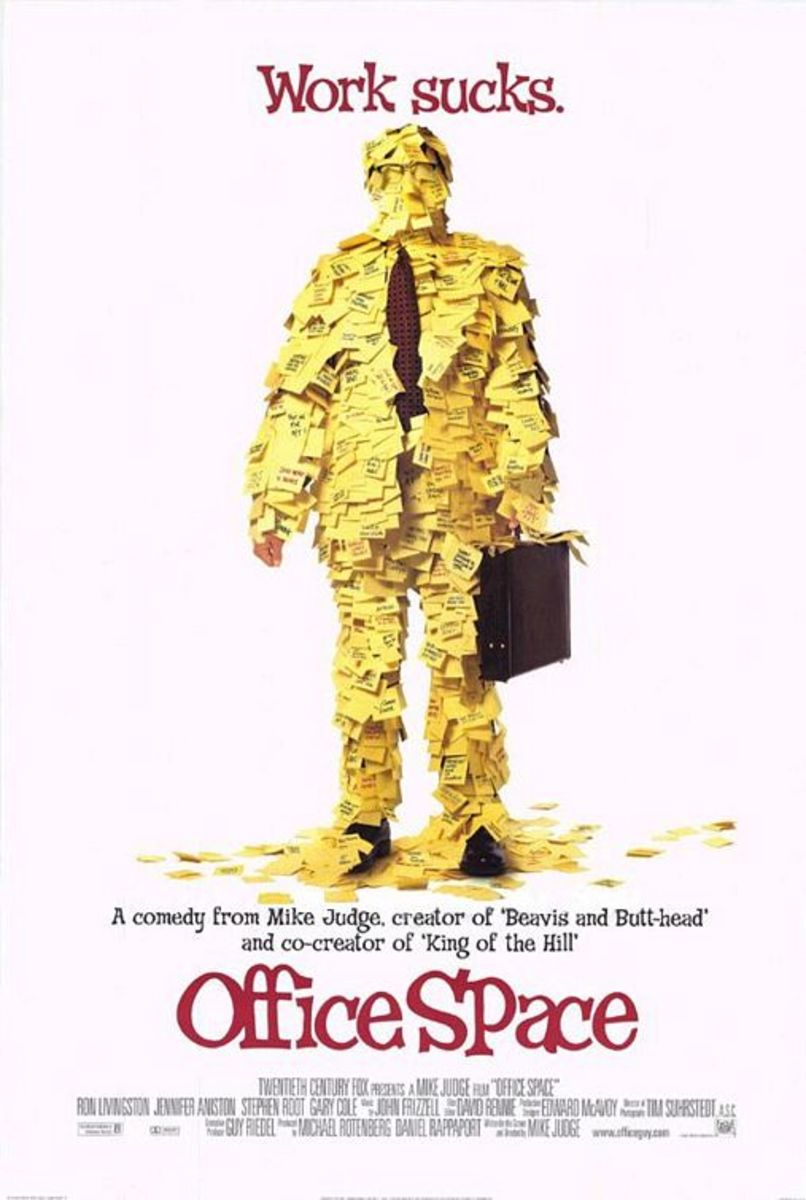‘Desk Rage’ Leads to Misery in the Workplace

Is modern-day living making us angry?
A new phenomenon labeled ‘desk rage’ is superseding road rage as the pressures of modern living are leaving us unable to cope with stress, surveys have revealed.
More than 50 per cent of office workers in the UK have admitted to suffering anger and frustration at work, while almost half of American office employees say they are subject to “yelling and verbal abuse” on a daily basis
Research has revealed the major causes of desk rage include rude customers, computer crashes and even something as simple as arguments among colleagues over whose turn it is to make the next cup of tea.
Employees fear workplace is 'unsafe'
A survey commissioned by Old Jamaica Extra Fiery Ginger Beer – to ascertain how often people become ‘extra fiery’ – discovered, perhaps unsurprisingly, that Monday was the worst day for abusive incidents in the office, with 42 per cent of workers admitting to feeling impatient and agitated after their weekend break.
Other causes of anger and frustration include bad manners, lazy colleagues, annoying habits, people gossiping while you are trying to work and arriving back from a holiday to find someone has used your desk and left it untidy.
But despite growing frustration in the office, the study revealed only ten per cent of workers actually confront the person causing their frustration, with 90 per cent bottling up their anger.
The situation in the USA is more severe, with ten per cent of office workers admitting they had suffered physical violence in the office, leading to fears their workplace “might not be safe”.
Some employees have hit a colleague
Experts are blaming pressures such as the rising cost of living - including rocketing fuel costs - for this increase in unacceptable behaviour.
People are arriving at work stressed out, having had a weekend when they cannot
afford to enjoy any leisure pursuits to unwind.
And then, they are forced to sit in traffic jams, seeing their vehicle's highly
expensive fuel burning away before their eyes, before arriving for more
pressure at their place of employment.
Surveys have shown 88 percent of US employees believe "incivility" is
increasing at work, while three per cent have admitted to "pushing, slapping
or hitting" a colleague.

Fear of redundancy worsens pressure
From my own personal experience, after 17 years working in an office, it is a combination of pressures, both in and away from the workplace, that culminate in some form of unacceptable behaviour at work.
Read any newspaper and it will contain headlines about the "credit crunch", falling property values, the recession and companies making staff redundant as their costs rise and profits fall. This leads to the common view that “the rich are getting richer while the poor are getting poorer”.
Hence a lack of job security, the threat of redundancy and too few staff performing the necessary tasks also lead to stress and anger in the office.
The newspaper industry, of which I have been a part, has been hard hit in recent years, leading to greater pressure on employees who are left wondering if their jobs are safe.
As long ago as November 2006, statistics compiled by the National Readership Survey revealed the total daily newspaper market was down 3.72 per cent on November 2005.
The situation had worsened considerably last year, with almost all the UK's regional morning newspapers suffering a fall in sales, according to statistics compiled in August 2013 by ABC, the body which independently verifies and reports on media performance. Sales of The Independent, for example, were down a massive 19.97 per cent on the previous year, while “popular” papers The Star and The Sun saw sales plummet by 11.76 per cent and 12.14 per cent respectively.
Advertising revenue is widely in decline as a result of recession.
And while many newspapers try to exist side-by-side with their associated websites, it is a widely held belief that the continued boom in internet-based news will eventually kill the old-fashioned printed press.

Morale is at an all time low
Many people at my former workplace, a local newspaper office, had been in the traditional newspaper industry for some 20-plus years. They were from the "old school" of journalism, whereby a printed newspaper was the end product.
Mention the newspaper's website and they would recoil in horror, seeing it as a threat to their traditional working practices and the eventual loss of jobs in the printing and sub-editing industry.
The powers-that-be did little to dispel their fears, with a rolling program of redundancies sweeping the industry.
As more workers are laid off and departments are "centralised," the few that are left at local level become fewer, their stress levels escalate, tempers become frayed and behavior towards colleagues deteriorates.
The truth of the matter is that there are simply not enough employees left to do the job in hand. Any kind of job satisfaction has long gone and workers have the "treadmill" effect, where everything is done at a storming pace and as soon as one edition is completed, it is on with the next at the same breakneck speed.
But because people are working so fast to meet deadlines, often with one person doing what used to be three people's work, mistakes happen.
Workers are continually being told "you can't use a lack of staff as an excuse" and that “you must manage your human resources better”. So we constantly found ourselves coming in for criticism for errors which would not have happened had there been enough people to share the workload.
In this situation, frustration grows and employees are soon in a situation where morale is at an all-time low.
Depression sets in on a Sunday afternoon
I have lost track of the number of work colleagues who admit a feeling of depression starts to descend over them on a Sunday afternoon, the moment the realisation hits them that it is almost time to go back to work. Then, when everyone arrives on Monday morning, after that stressful daily commute, invariably production is already behind because everyone is continually playing "catch-up" due to bodies being too thin on the ground.
One chap in particular had worked for the company for many years. His reputation was outstanding, his work renowned for its accuracy. He was one of the most laid-back employees one could ever meet.
But after five years battling an ever-increasing workload and seeing friends and colleagues laid off in other departments, he gradually began to change. Gone was the pleasant demeanor, as he quite literally did not have time to look up from his screen most days and lunch breaks became a thing of the past.
Although everyone's contract said they were entitled to one hour's lunch a day, few people had time to leave the office, instead grabbing a sandwich at their desk while still taking phone calls and carrying on working.
Colleagues of this one-time "employee of the year" contender noticed a gradual slump in his attitude. Whereas he once prided himself on his accuracy, an attitude of "mistakes are bound to happen" crept in instead.
But deep-down, being a perfectionist, he was not really happy about this, becoming increasingly frustrated with both the company and himself.

Moving a cup triggered a stream of four-letter expletives
In turn, this manifested itself into anger on several occasions, when something quite innocuous - such as someone innocently moving his cup while he was out, so he could not find it on his return - would trigger a furious outburst. Colleagues were shocked when he spat out a stream of expletives, although he later apologised and admitted he was "very stressed", but not before he had upset the female workmate who had been on the receiving end of his temper.
On another occasion, the manager, who was in the habit of firing out critical emails to his staff, had penned a particularly scathing one.
When it was picked up by the employees, with stress levels at breaking point, it was too much for one worker, who stood up, in the middle of the office, shouting at the top of his voice that he was "not going to take any more of this". Like a man possessed, he was yelling, his language peppered with expletives.
This time, there were customers within earshot and they complained to the receptionist, who felt she was taking the flak for a colleague's unacceptable behaviour and subsequently felt furious herself.
Other employees felt uncomfortable and there was a bad atmosphere, which tainted the way they behaved afterwards. In turn, this put a strain on everyone and led to the further deterioration of the working environment.
Worker kicked fan across room in temper
It was a vicious circle and the repercussions were unstoppable.
Other workers, their nerves already raw as they "walked on eggshells" to avoid any more outbursts, took it much harder if they were criticised by the management and frustrations grew.
One chap took to taking out his anger on the fan by kicking it across the room when something annoyed him, while another would whack the filing cabinet loudly with the flat of his hand as he walked past if he was stressed and angry.
Another long-time employee was hauled over the coals for snapping at a junior colleague and throwing a pencil across the room at him in a temper. Eventually, the older worker went on three months' sick leave with anxiety and stress after an awkward customer caused him to lose his rag.
Although I never experienced any physical violence between workmates, I could see how it quite easily could have escalated.
Then - as the recent surveys have proven - many people were going home on a Friday evening with the prospect of a very dull weekend ahead, leisure pursuits curtailed by a tightening of the purse strings.
Without a chance to unwind due to monetary restraints, the prospect of the workplace again on Monday morning was even more depressing as the "treadmill effect" began all over again.
All job satisfaction had long, long gone.

Shocking workplace violence statistics revealed
Sadly, I am not alone in working under these conditions.
Speak to anyone - and not just in the media industry - and you will find similar problems at workplaces.
The Health and Safety Executive, in February 2013, published a report on workplace violence in the UK, which it defined as, "Any incident in which a person is abused, threatened or assaulted in circumstances relating to their work. This can include verbal abuse or threats as well as physical attacks."
It revealed approximately 312, 000 workers in the UK had experienced at least one incident of violence, of varying levels, at work in the 2011/12 year – a shocking figure by any standards.
If the current downturn in the economy continues and in turn, the workplace becomes a bleaker environment for employees and employers alike, it appears ‘desk rage’ will continue and escalate.
Raise awareness of 'desk rage' now
As no one can wave a magic wand and change the economy and the general mood of the nation, at least more should be done to raise awareness of "desk rage" and make sure everyone is best equipped to deal with it.
Otherwise, more employees will be signed off sick with anxiety, depression or physical injuries and the cycle of "less staff, more stress" will escalate, leading to a “vicious circle” which will be almost impossible to break.








